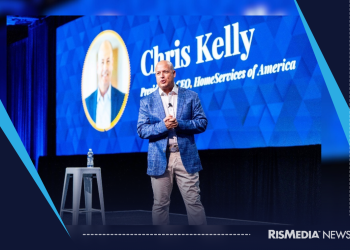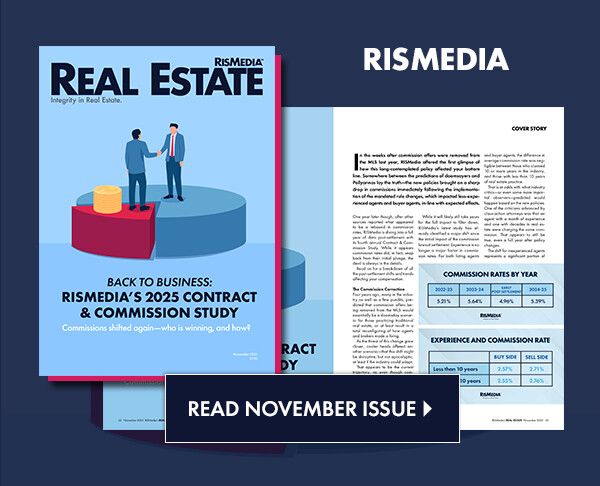Why do African American homeownership rates continue to lag far behind rates for whites? The African American homeownership rate remains nearly the same as it was in 1968 when the Fair Housing Act was passed.
This was the focus of a roundtable meeting hosted by the Urban Institute and sponsored by the National Association of Real Estate Brokers (NAREB) and the National Association of REALTORS® (NAR) in November 2018. These three organizations have agreed to increase activities on this critical need, and hosted the roundtable in order to engage other leading organizations in Washington, D.C., and to encourage the pursuit of policies aimed at increasing African American homeownership.
Two policy objectives of the Fair Housing Act, ending housing discrimination and increasing African American homeownership, have seen little progress in 50 years. Gains in African American homeownership made in the 1990s and early 2000s were wiped out in the housing crisis and have not recovered. Hispanic, Asian and white homeownership rates have increased since the crisis, but questions over disparities in the African American homeownership rates remain unanswered.
Commemoration of the 50th anniversary of the Fair Housing Act triggered renewed examination of the African American homeownership rate, while a number of articles have raised awareness of the continued challenges to close the gap. At a recent presentation at the Congressional Black Caucus Foundation’s Annual Legislative Conference, NAREB renewed its call for two million new African American homeowners in five years.
NAREB outlines much of this data in its annual State of Housing in Black America report. In that 2018 report, NAREB cites the predatory lending practices of the early 2000s as a major factor leading to this decline, while lending practices pursued by federal housing regulators continue to make homeownership overly challenging. In a recent article, the Urban Institute shows that middle-aged, married African Americans had the largest drop in homeownership rates between 2006 and 2016.
The need to engage the industry more broadly in this effort was emphasized by those in attendance. In the past, it was thought that addressing overall homeownership in America would increase homeownership rates for everyone; however, the recovery since the housing crisis has not positively impacted the African American community.
Alanna McCargo of the Urban Institute showed that a significant portion of the black/white homeownership gap cannot be explained through variables like income, employment and marital status. Research is needed to help focus attention on solutions and on the effects of policies and programs that impact African American homeownership rates. For example, research highlighting the ongoing impact of early 20th century policies segregating African Americans may facilitate initiatives that can undo the legacy of these earlier policies.
McCargo listed possible areas of policy consideration, several of which are already a priority of national real estate organizations, including alternative credit scoring, savings and down payment assistance, homebuyer tax credits and counseling. Other policy areas might be locally focused, including changes in zoning and regulatory requirements for rehabs and new construction. One study showed that there are 1.7 million millennial African Americans who are ready for homeownership, but concerns over student debt and fears emanating from the housing crisis continue to deter home purchases among African Americans.
Because issues impacting homeownership differ based on geography, the Urban Institute, NAREB and NAR will continue to meet with interested organizations to consider whether a localized approach can help develop a policy focus that’s most likely to have a sustained impact on improving African American homeownership rates.
For more information on the State of Housing in Black America report, please visit www.nareb.com/shiba-report/. For further information on NAR’s participation in this program, or regarding how to engage in this dialogue and action, contact Fred Underwood, NAR’s director of Diversity and Inclusion, at funderwood@realtors.org.
This column is brought to you by the NAR Real Estate Services group.











